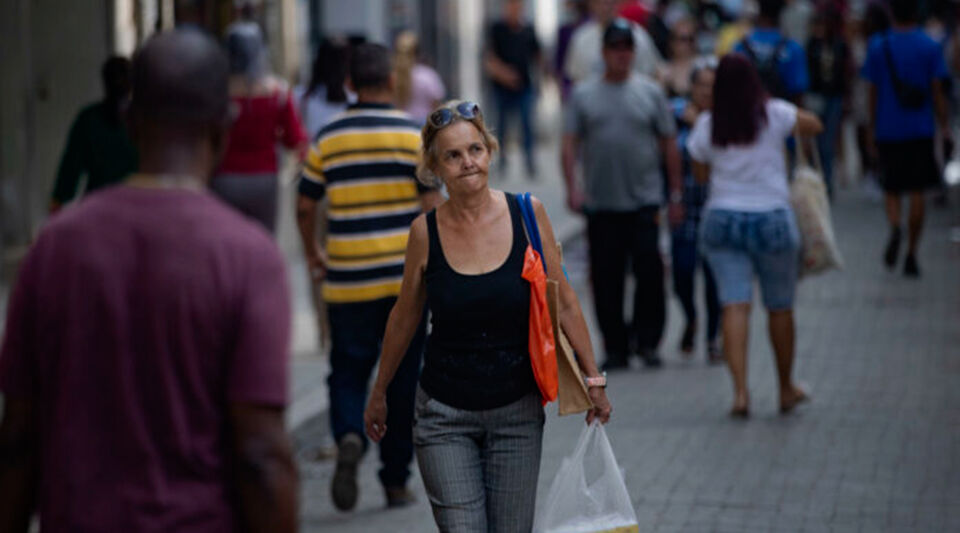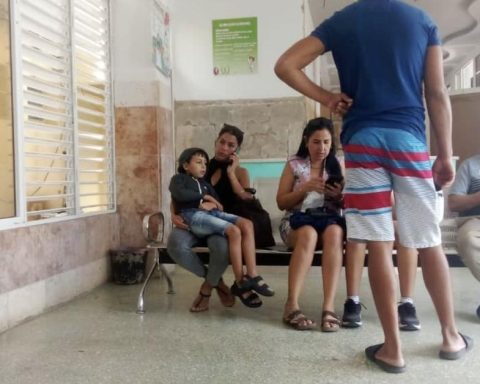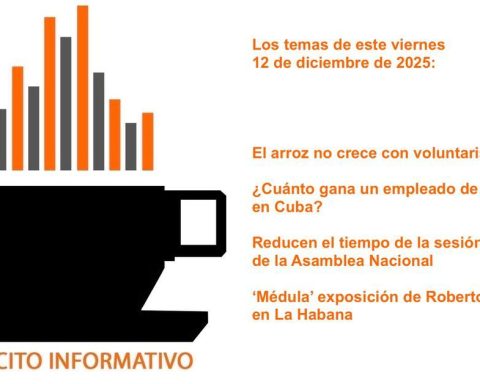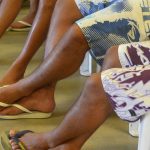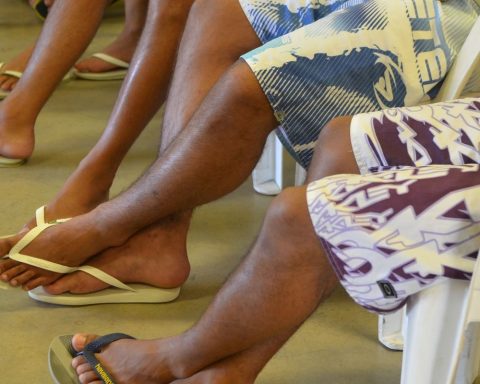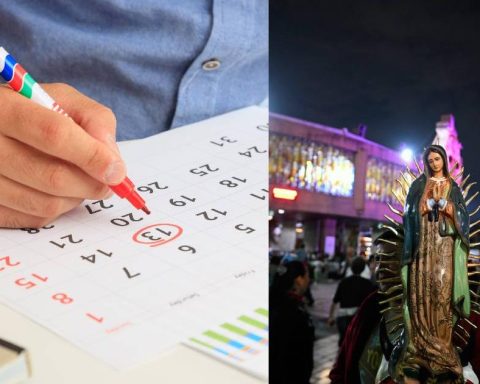(EFE)
The Island is already the oldest country in Latin America and the Caribbean. Two out of every ten Cubans (21.9%) are at least 60 years old, the director of the Center for Demographic Studies of the University of Havana (Cedem), Antonio Ajá, told EFE.
This means that of the 11.1 million Cubans, about 2.4 million exceed the barrier of six decades of life.
The academic highlights that this is the result of social policies implemented decades ago that have lengthened life expectancy (approximately 79 years for both sexes).
However, this brings with it a problem from the economic and social point of view.
“It is a challenge in the order of the economically active population that is minor, in that of the social security systems, health and the protection of the elderly,” he said.
That is to say: there are more and more elderly people and fewer young people of working age to sustain the country’s economic activity. And, in the long run, to finance the pension system.
Data from the National Statistics and Information Office show that in 2021 99,096 births occurred and 167,645 deaths.
“Cuba has a demographic behavior similar to that of developed nations (low fertility, high life expectancy), but the difference is that they are countries that receive immigrants and also counteract demographic aging with their economic development,” he said.
The number of “dependent” people is also increasing: those who do not produce and live on their pensions after having contributed to the economy, Cuban economist Tamarys Bahamonde explained to EFE.
The retirement age in Cuba is 60 years (women) and 65 years (men) with a minimum monthly pension of 1,528 Cuban pesos (12 dollars at the official exchange rate and 8.7 in the widespread informal market).
The loss of young people of productive age is largely explained by the unprecedented migratory exodus that the country is experiencing.
Just last year, more than 313,000 Cubans were intercepted on the US southern border with Mexico. This represents 3% of the total population of Cuba.
The figure does not include the thousands who left for other destinations such as Mexico, Spain or South America.
This phenomenon was recognized a few days ago by Ángel Luis Ríos, general director of the Productive Chain of the state-owned Azcuba.
Ríos assured the official newspaper Granma that the sugar mills -once the engine of the economy- have a reduced and aged staff due to “the effect of migration” and that this has resulted in a deficit in the harvest.
“Cuba has had a negative migratory balance since 1930 that was reinforced from 1959 (when the Revolution triumphed), so it loses population in full reproductive and productive capacity,” said Professor Ajá.
Internal migration is also negative with “depopulated and aging” rural areas, a “worrying” issue, for example when it comes to producing food because there are no people to work the land, according to the expert.
Another reason for labor flight is the lack of incentives. The average salary in Cuba is about 4,000 Cuban pesos (32 dollars at the official exchange rate).
The fertility rate in Cuba is 1.4 children per woman, one of the lowest in the region, which was around 1.85 in 2022, according to the Economic Commission for Latin America and the Caribbean (Cepal).
To maintain the replacement level in the population, a woman must have two children and one of them must be a girl, explained Ajá, who stressed that “Cuba has been below that indicator since 1978 with extremely low values in recent years.”
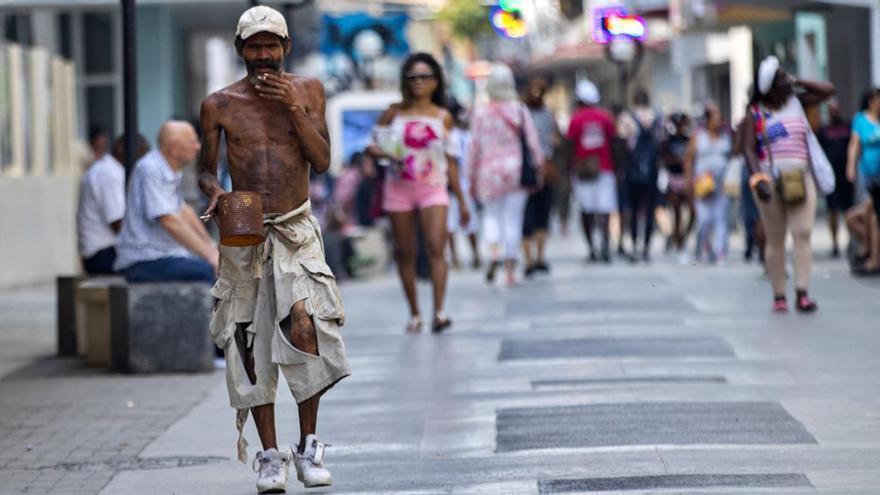
For Bahamonde, meanwhile, “the very low birth rate has its causes in the economic crises that have been chaotic for society, especially for women because the responsibility of caring for the elderly falls on them.”
By the year 2030, elderly Cubans will represent 30% of the population that will not exceed 10 million, according to Professor Ajá.
Among the measures adopted by the Government to address the situation is the construction and maintenance of day care centers, nursing homes, maternity homes, as well as supporting fertility programs and care for mothers with more than three children.
However, for Bahamonde “the first thing is to give an answer to the serious economic situation and then think about the implementation of complementary policies that stimulate the birth rate.”
Along the same lines, Ajá believes that “we must work to improve the economy and the growth of the Gross Domestic Product is reflected in the income of families.”
“This has to be accompanied by policies that benefit the construction of homes, guarantee a solution to the problem of caring for the elderly and children, and try to attract the Cuban population abroad,” added the director of Cedem.
________________________
Collaborate with our work:
The team of 14ymedio He is committed to doing serious journalism that reflects the reality of deep Cuba. Thank you for accompanying us on this long road. We invite you to continue supporting us, but this time becoming a member of our newspaper. Together we can continue transforming journalism in Cuba.
